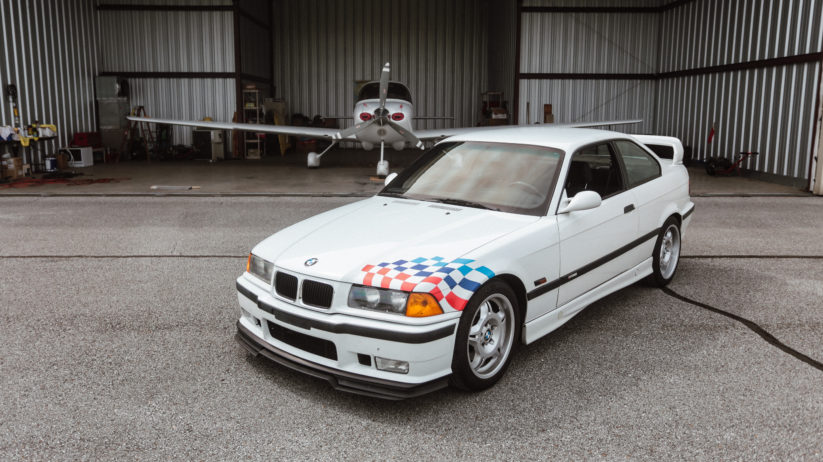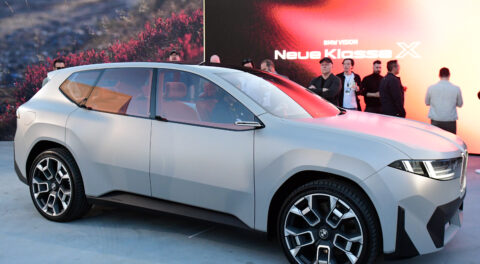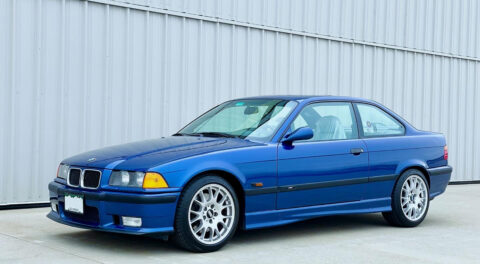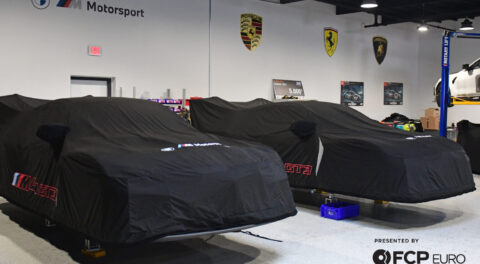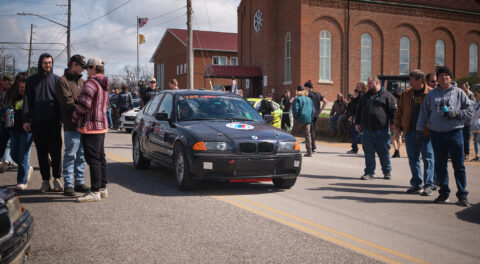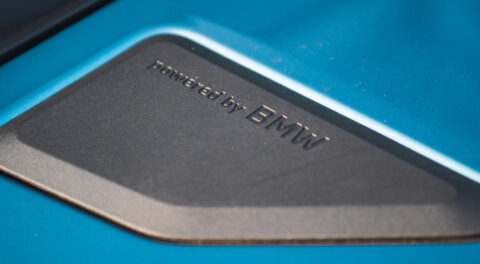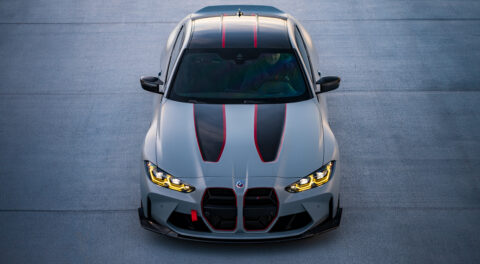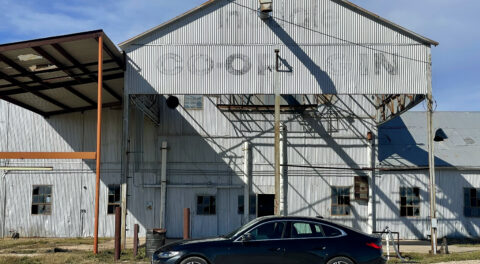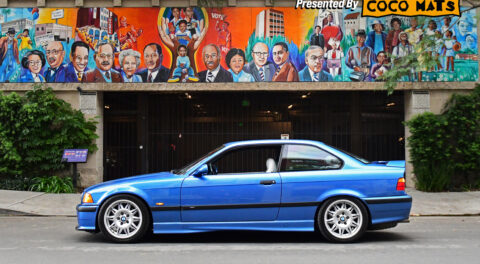Until a month ago, my job was a whirlwind of continents and cars, traversing the country and capturing automotive stories. It’s a rewarding career, but I’ll be the first to admit that I took it for granted more than I realized; when I last stepped off a plane five weeks ago, I had no more reason than anyone else to think that society’s susceptibility to a pandemic would bring those adventures—globally, locally, and emotionally—to, one might say, a sickening halt.
The unique position of being alone, together, has been captured ad nauseam by everyone from apparel social-media channels to internal company e-mails to appliance-store marketing notices. But days before shelter-in-place laws had reached their peak, I found myself on the phone with a good friend and longtime BMW Car Club of America member who had an offer I couldn’t refuse: He was moving to Japan within the next few days, he told me, and found himself with a car that needed care-taking, effective immediately.
We all know better than to pass on an offer like that—even if the car isn’t a one-of-126 1995 BMW M3 LTW.
I’d been familiar with this particular car for some time, and it’s possible that you are, too. This well-loved E36 M3 Lightweight (a model known colloquially as the LTW) spent its life in the hands of enthusiasts, with many of its miles added on race tracks from New Jersey to California. In the past five years, it has made appearances at Legends of the Autobahn and the BMW CCA Festorics in Monterey, and received a considerable refresh in Southern California before returning to storage in Alabama, where it remained until several weeks ago. But the car needed a new home—and urgently. It was decided that my house in Greenville, South Carolina, was the best option.

It would be a race against time and performed with minimal social contact; we had both been isolated, either with family or alone, for at least two weeks, but weren’t in any mood to risk external contact. Still, we had a slight advantage: namely, that the car was stored in an aircraft hanger alongside a convenient tool of social distancing—a Cirrus SR-22. We decided that the best move was to fly round-trip in the Cirrus, and I could depart, solo, in the LTW before noon, avoiding nightfall and returning home by the end of the day—the perfect curfew-beating pair. It was the sort of logistical gymnastics we usually dealt with while arranging press launches, except this time it was a viral outbreak, not the press cycle, driving our urgency.
The day of the trip was moderate, and starkly bright—a perfect day for flying. But as we climbed up to 7,000 feet over the Great Smoky Mountains, the reality set in that it would be months before we would take another trip like this. By the time the Cirrus touched down in Alabama, I had decided to make it count.
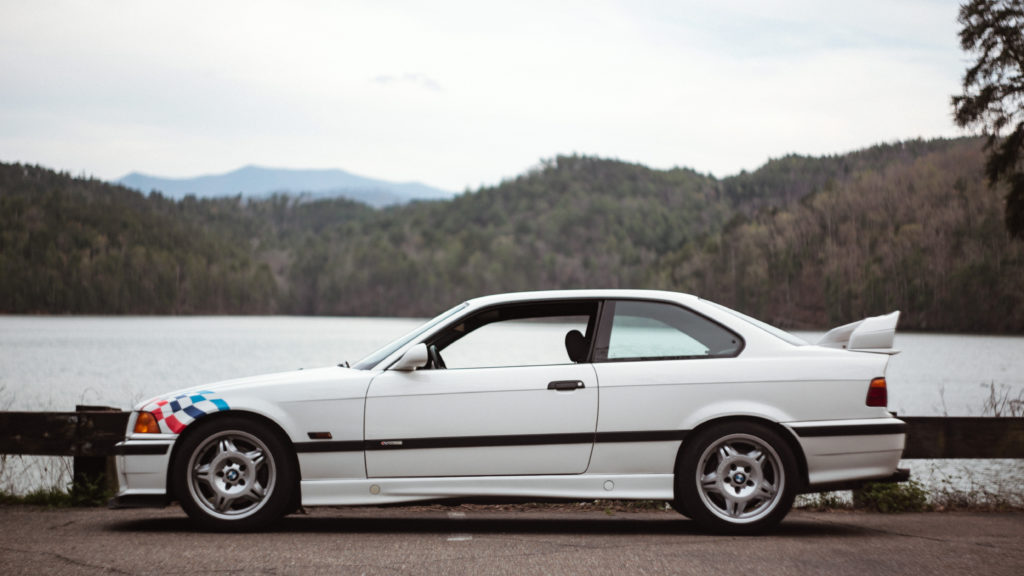
The E36 LTW is a creation of BMW Motorsport most understood by those in its cult following. It was the U.S.-market version of the European M3 GT, but built in fewer numbers (less than half, in fact: 356 for the GT and 126 for the LTW), and for one year only in 1995. It shared a couple of key traits with the European car, like carbon-fiber interior trim, a BMW Motorsport strut bar (good luck finding one of those), an adjustable front splitter, and of course the signature aluminum doors, but beyond that, the American-market M3 LTW deviated from the GT. It was finished in white only, and came with the famous (PTG-fashioned, including third brake light) rear wing (in the trunk, as it was not road-legal), Lightweight-specific seats, BMW Motorsport flag graphics, and—most controversially—the American-market S50B30US engine. Oh, and it has no stereo and no air-conditioning from the factory. For a car built in 1995, it’s about as pure a driving experience as one can find.
As the LTW and I rumbled out of the Huntsville, Alabama, airport, the serenity of the day turned to unease. This wasn’t a normal trip; my essentials were Clorox wipes, a healthy supply of nitrile gloves, and onboard sustenance. The goal was minimal social interaction, and an arrival before nightfall. For once, it mattered.
But as the car came up to temperature and I began to acclimate to the tight shifter and polyurethane suspension bushings, that M3 magic kicked in and the tension washed away. The planning, the isolation, the six-hour drive—despite it all, I was still in one of the most brilliant driver’s cars ever built, with no senses dulled by stereo, air-conditioning, or traffic. Despite the humbling context, it was driving bliss.
I’ve driven a handful of special-edition cars, and whether by engineering or marketing necessity, there are always a few things the manufacturer leaves in to remind you that this is not your dentist’s weekend car. The LTW has these in spades. It’s the little things, like the ultra-light doors that feel like you’re stepping into an IMSA GT car; the glint of sun off the carbon-fiber glovebox trim; the moment when you catch a glimpse of your reflection in a truck or passing window. And then there’s that monstrous wing, a presence that dominates the rearward view and stirs the soul in ways that I can hardly describe.
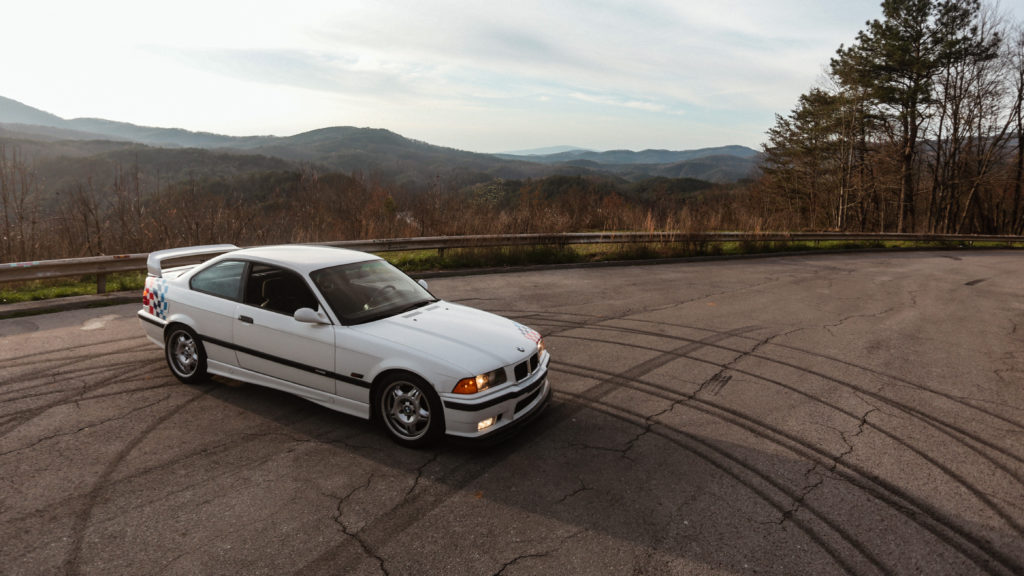
Yeah, I know. Not my tire marks, though.
Stops were minimal, pausing for photos and just to appreciate the car. Fueling was routine—gloves on, sanitize credit card, fuel, gloves off, repeat—and in every mountain town, the brilliant Alpine White M3 shone like something from another planet. Crisp, aggressive, and pristine. Perfectly alien.
The mountains of the Southeast glowed as day turned to late afternoon. The car sang through the hills, pulling in crisp spring air through a subtle intake with one of the most beautiful induction noises this side of an E46 M3 CSL. The engine hums, revs high but steady, turning the wide Michelins through the limited-slip differential. I routinely went five minutes on divided highways without seeing another car. The sensation was one of unease, abated by the stunning machine and its intake and exhaust and massive wing. The roads were empty. The drive, surreal.
There’s a term that comes to mind every time I think of this car. The Lightweight is, in every sense, an A-to-A car. There are some cars that, during more peaceful times, one might have taken out on special occasions, or to drive to the gym, or parallel-park for a nice dinner downtown. But those things are verboten now, and the M3 LTW laughs in their face. It laughs with its obnoxiously aggressive front spoiler, its burbling aftermarket exhaust, and the deep, guttural roar of the intake as the tachometer sails past 5,000.
It laughs because the M3 LTW was never a car for those days.
This is a car that you take out early on a Saturday morning to blast through the hills and pull back into the driveway three hours later, front wheels covered in brake dust and track pads squealing, before your neighbors have even had breakfast. It’s a car for acceleration pulls that don’t end with second or third. It’s a car for hunting the apex of every corner, and feeling the wind through the open windows as you do. You can listen to the radio later; there are other cars for that. The M3 LTW doesn’t have patience for your phone and your music; should your mind wander to such temptation, the M3 LTW would scoff.
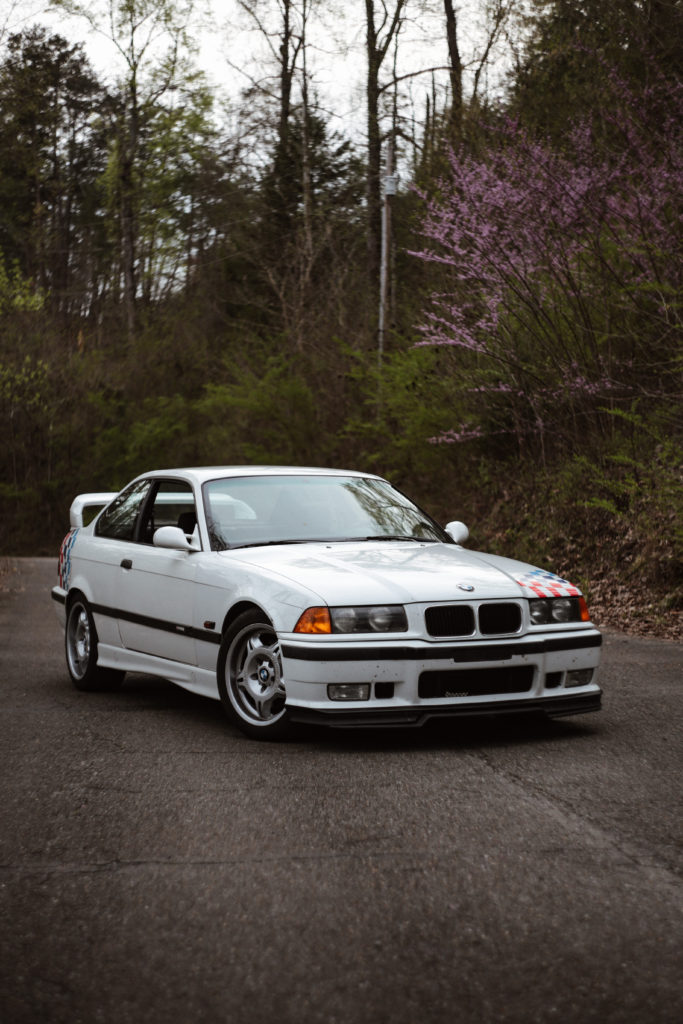
Dusk fell over South Carolina as I arrived home. I was windblown, and I hadn’t noticed the temperature drop. I rolled the windows up and tucked a sunshade onto the dash before I realized that the car was still on, humming away. I powered it down, but still felt the vibration from six hours of that beautiful motor.
Someday we’ll be able to leave the house and drive again. We’ll go to work, and to the gym, and to dinner. We’ll have nice cars, all of us, someday. But even once it’s not mandatory, I implore you to take a moment of isolation for yourself. Find the empty roads. No radio, no climate control. Let the screens go dark, and make the car sing.
And if not for me, do it for the M3 LTW.—David Rose
[Photos courtesy David Rose.]

